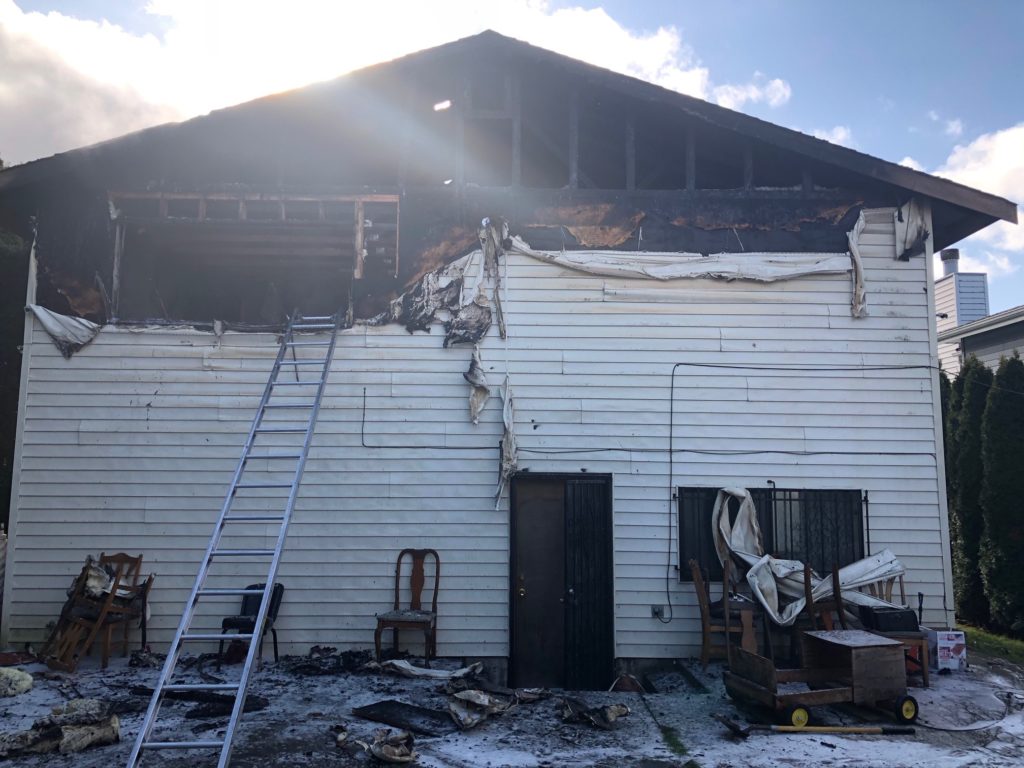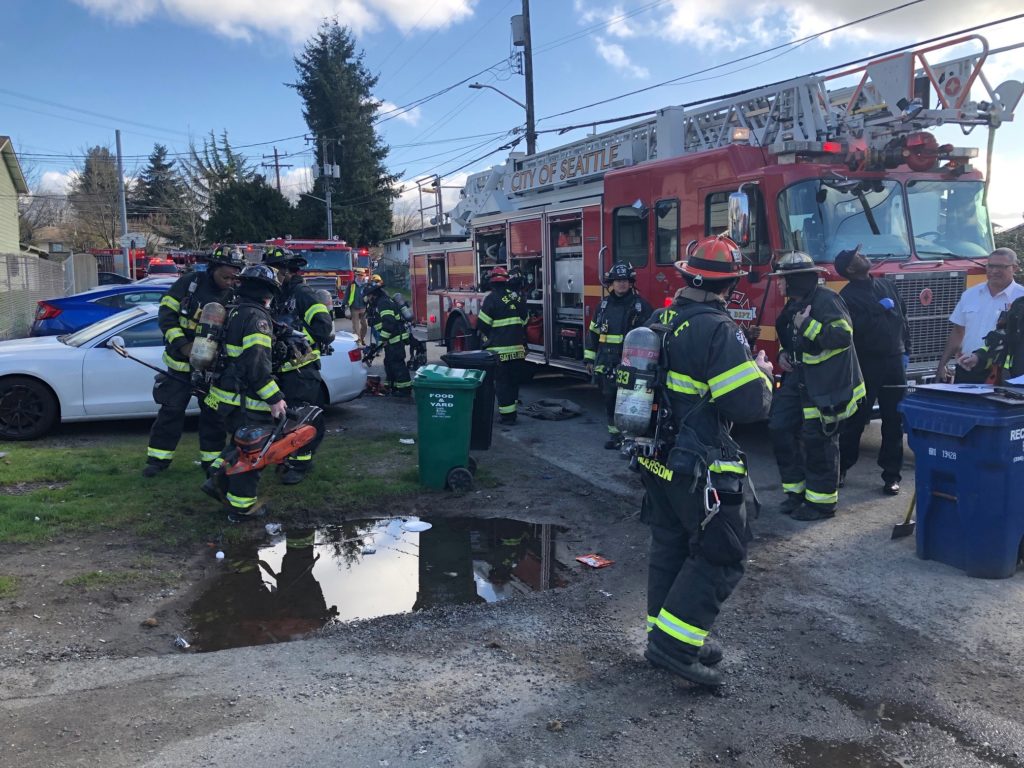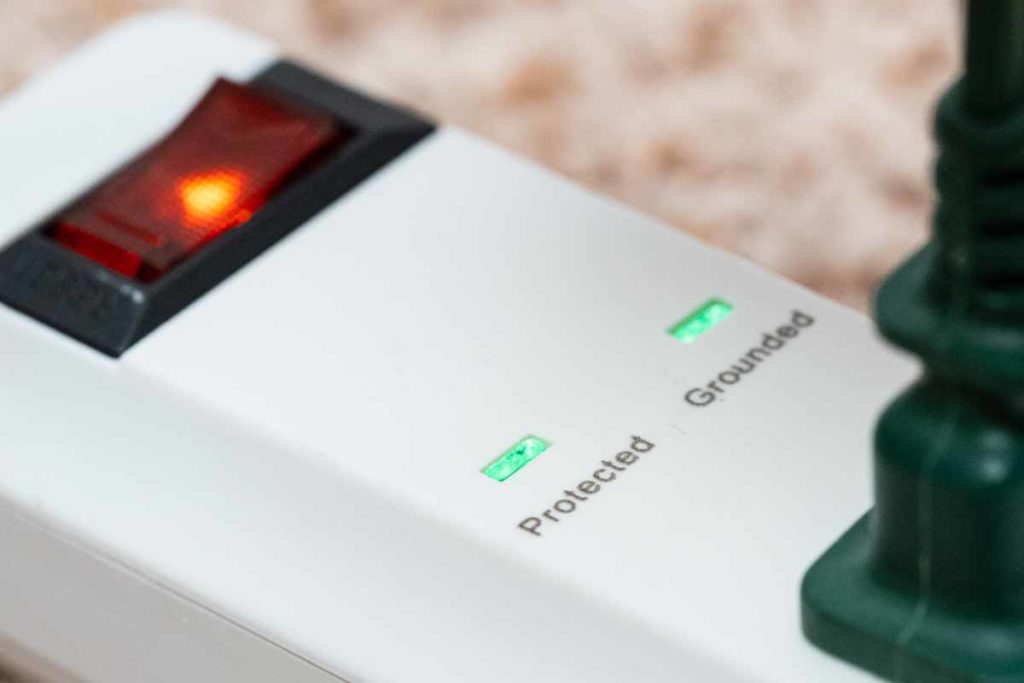
On Sunday, Feb. 2, at 11 a.m., crews responded to a well involved fire on the 2800 block of S Othello St. Engine Companies 28 and 33 were the first on-scene and confirmed heavy smoke coming from the two-story home. They quickly got water on the fire while sustaining a supply from nearby hydrants. Ladder Company 12 and Rescue 1 searched both floors of the home to confirm no occupants were inside. Additional crews ventilated the structure while others rotated with existing personnel to knock down the fire. Firefighters were able to extinguish the fire within 15 minutes of arriving on-scene. No injuries were reported and Red Cross was initiated to help the residents.

Fire investigators determined the incident was accidentally caused by an overheated extension cord. Estimated loss is $165,000.
Extension cords and power strips are designed to be temporary

Extension cords and power strips are designed to provide a temporary power source and should be unplugged when not in use. When shopping for an extension device, look for a power strip or surge protector with an internal circuit breaker that will trip the breaker when overloaded. Here are a few tips to keep you safe when using these devices:
- Never overload extension cords or wall sockets and never run cords under rugs or place in high traffic areas.
- There should only be one surge protector or power strip plugged into a single duplex electrical outlet.
- Power strips vary in their capacity but should only be used for items that require light loads such as computers, printers and clocks, for example. They are not made to handle refrigerators or portable heaters.
- If the extension cord or power strip feels hot to the touch, replace it.
- Do not connect one extension cord or power strip to another. Also known as “daisy chaining.”
- Make sure the power strip has been tested by an independent testing agency such as Underwriters Laboratory (UL) or the Electrical Testing Laboratories (ETL).